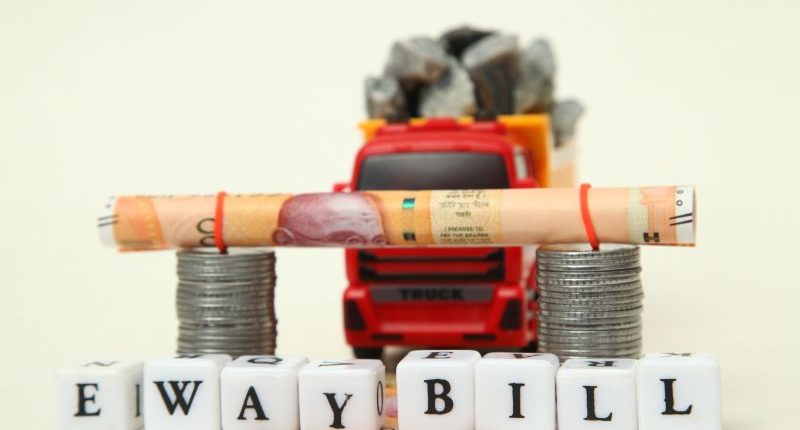Goods and Services Tax (GST) has been the biggest indirect tax reform in independent India, which subsumed almost all the indirect taxes in the country. All the businesses are hearing a lot about e-invoicing under GST from last year. There has been the postponement of implementation dates, modifications to the e-invoicing schema, extension of the exemption to few sectors, Increasing threshold limits, issuing clarifications to bust the myths, etc.
After all this, finally, the day from which the applicable business has to mandatory comply with e-invoicing has arrived, i.e. 01 October 2020. Very few businesses have started complying with e-invoicing voluntarily from January 2020. However, all the businesses with a turnover of more than Rs.500 crore for the financial year 2019-20 have to comply with e-invoicing from 01 October 2020 mandatorily.
The e-invoice is an innovative concept introduced by many countries across the globe to standardise the communication between the business stakeholders. Around 112 countries across the world have adopted standards for e-invoice. Chile became one of the world’s first countries to implement electronic invoicing in 2003. Few of other countries are South Korea, Singapore, Mexico, Norway, Sweden, Turkey, USA, Australia, New Zealand, Canada, Italy, Denmark and Peru. Now, India has joined the list of e-invoicing implementing countries.
A massive increase in technology and increased penetration of the internet, along with the availability of computer systems, have made this journey possible. Hence, more than 60 countries are in the process of adopting the e-invoice system.
Also Read: Why are businesses moving towards ERP integration for e-invoicing?
Now, let’s see the basics of e-invoicing which is going to be implemented in India. The e-invoicing or electronic invoicing is a system where B2B invoices are authenticated electronically by the Goods and Services Tax Network (GSTN), for further use on the common GST portal. It is a new reform introduced to bring about standardisation and uniformity in invoicing formats.
At present, businesses generate their invoices through different accounting and billing software, and then manually upload this data on the GST portal. E-invoicing will enable the automatic transmission of invoices across the GSTN, allow e-way bills to be generated simultaneously, and facilitate the universal readability and interoperability of data.
Under the new system, invoices will continue to be issued on the taxpayer’s accounting or ERP system. Once the invoice is generated, the invoice will need to be uploaded onto the Invoice Registration Portal (IRP) in JSON form. The IRP will then generate an Invoice Reference Number (IRN), and return the digitally-signed e-invoice, along with a Quick Response (QR) Code, back to the taxpayer. The taxpayer can then send this e-invoice to the buyer. On the other hand, the invoice data will be transferred from the IRP to both the GST portal and the e-way bill portal in real-time.
E-invoicing is being considered as the biggest indirect tax reform since the implementation of GST as it will create interoperability between all the accounting systems, enhances transparency and it also reduces human intervention to a greater extent in invoicing process of business.
All a business needs to do is make a Business Impact Analysis (BIA) from which they can know what they have to do to comply with e-invoicing. The businesses can choose an efficient GST Suvidha Provider (GSP) to fulfil the e-invoicing requirements at ease. ClearTax, a registered GSP, comes up with an e-invoicing solution which is easy to connect and easier to scale. ClearTax is easy to connect as it can connect with any ERP and it is easy to scale as it can scale up to any level of volume of invoices.
For any clarifications/feedback on the topic, please contact the writer at dvsr.anjaneyulu@cleartax.in
DVSR Anjaneyulu known as AJ, is a Chartered Accountant by profession. Loves to listening to music & spending time with family and friends.





